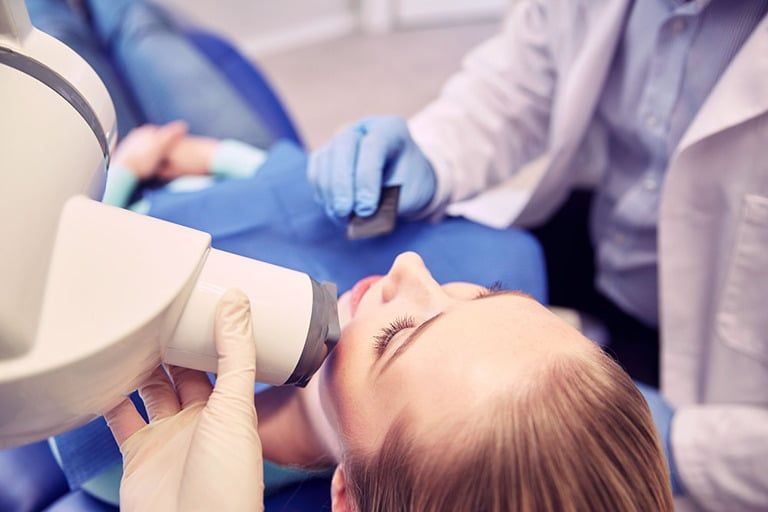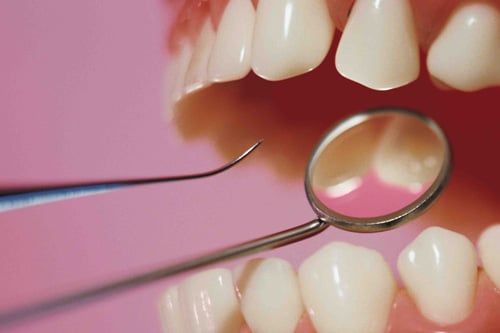Preventive Dentistry FAQs
Do you have dental questions? Find answers to popular questions asked here.

How often should I get dental checkups?
For most people, a checkup and cleaning every 6 months is standard protocol. Depending on a person's dental health, however, a dental cleaning every 3 to 4 months may be recommended.

How often should I get x-rays?
For most people, a complete radiographic survey should be done every 3 years, and a "check up" or "recall" set every 6 to 12 months. A complete set of x-rays is estimated to expose you to the same amount of radiation you get on a flight from San Francisco to Seattle.
Doctors use x-rays as an aid in diagnosing problems. Without x-rays, "seeing" the problem will be difficult if not impossible.
What are cavities?
Cavities generally develop in the "hard-to-see" places in your mouth. These are normally the places where you need to floss. When bacteria combine with food particles, they form plaque that adheres to your teeth.
As long as plaque remains on the tooth, acid produced by bacteria will eat away the tooth structure. Once through the enamel, the acid attacks the dentin, which is that part of the tooth containing sensitive nerve fibers.
If the tooth decay reaches the dentin, a filling is needed to halt the degenerative process. Otherwise, it continues at an accelerated rate becoming larger and larger.
If not detected and repaired with a filling, the decay can reach the tooth nerve and cause the need for a root canal. With the decay removed and a filling in place the tooth is restored to its original contour.

What causes tooth decay?
Tooth decay happens when plaque or bacteria come in contact with the tooth and is allowed to sit. The bacteria, once fed with sugars, will begin eroding the enamel.
Causes of tooth decay include:
- Poor oral hygiene (brushing / flossing)
- Poor diet
- Stress
- Smoking
- Genetics
Adults tend to get cavities around old fillings, which may be cracked, rough around the edges or loose in the tooth. Another common form of tooth decay in adults is root cavities. These are likely to occur in adults who have receding gums due to age or periodontal disease. As the gum line recedes, the tooth root becomes exposed. Since root tissue is softer than enamel, it decays more easily.